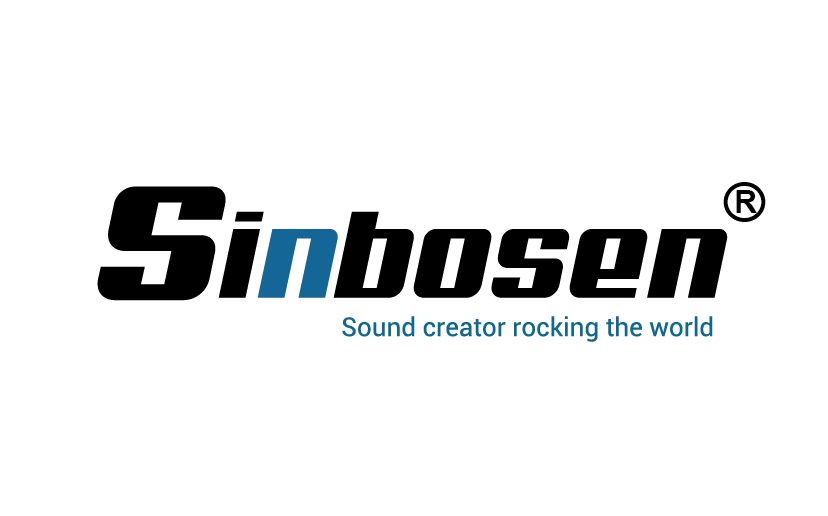What is a power sequencer and how does it work?
What is a Power Sequencer?
A power sequencer is an electrical device that is used to control the order in which electrical equipment is powered on or off. It is commonly used in professional audio, video, and lighting systems to prevent damage to the equipment and ensure a smooth startup and shutdown sequence.
How does a power sequencer work?
The power sequencer typically consists of multiple AC outlets and a control circuit that sequences the activation of these outlets in a specific order. For example, when powering on a professional audio system, the power sequencer may be programmed to first activate the amplifier, then the mixer, and finally the speakers. This ensures that the amplifier and mixer are fully powered and operational before the speakers receive power, which can prevent damage to the speakers and provide a smoother startup sequence.
The control circuit in a power sequencer may use timers or other electronic circuits to sequence the activation of the outlets. Some power sequencers may also include additional features such as surge protection, overvoltage protection, and circuit breakers to protect the equipment from electrical damage.
When powering off the equipment, the power sequencer can be programmed to shut down the equipment in a specific sequence, which can help to prevent damage and ensure a safe and efficient shutdown. This is especially important in systems where components need to be powered down in a specific order to avoid damage or data loss.
Power sequencers can also be useful in preventing power surges, which can cause damage to sensitive equipment. Some power sequencers include surge protection features that can protect against voltage spikes or other electrical issues that can cause damage to the equipment.
Overall, power sequencers are an important tool in professional audio, video, and lighting systems, providing precise control over the startup and shutdown sequence of equipment and helping to protect against damage caused by electrical issues. They also help to ensure the longevity of equipment and reduce the risk of unexpected downtime or costly repairs.
Contact us
Email: info@sinbosen.com
CONTACT PERSON
- Tel:
+86-020-86866877
+86-13342806188
- Email:
- sales7@sinbosen.com
- WhatsApp:
- 8613342806188
- Address:
- BUILDING A XINSHENG TECHNOLOGY PARK YINGBIN AVENUE WEST,XIUQUAN STREET HUADU DISTRICT GUANGZHOU GUANGDONG CHINA
COMPANY
CATEGORIES
- FP POWER AMPLIFIER
- DSP POWER AMPLIFIER
- 1U 4 ohms DIGITAL AMPLIFIER
- 1U 2 ohms DIGITAL AMPLIFIER
- 2 ohms Digital Amplifier V2.0
- Amplifier Module
- LINE ARRAY SPEAKER
- SUBWOOFER SPEAKER
- Point Source Speaker
- COAXIAL SPEAKER
- MONITOR SPEAKER
- COLUMN SPEAKER
- WIRELESS MICROPHONE SYSTEM
- WIRED MICROPHONE
- AUDIO PROCESSOR
- DRUM MICROPHONE KIT
- ANTENNA AMPLIFIER
- POWER DISTRIBUTOR
- HOT SELLING SET
- ACCESSORIES
Subscription
sign up for the latest catalogue, new design and promotion
QR code


